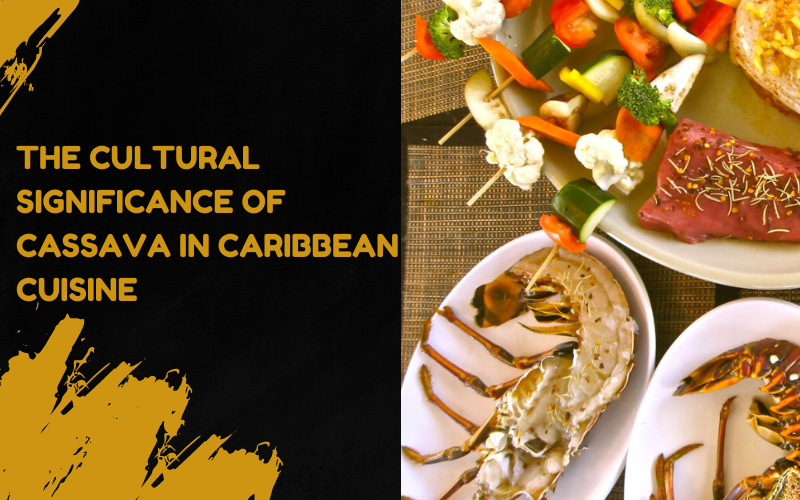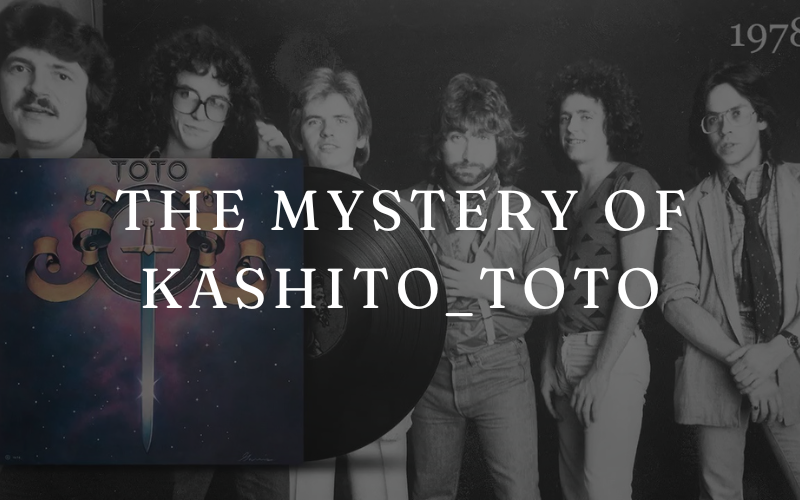This starchy root vegetable has woven itself into the fabric of Caribbean culinary heritage, serving as a staple food symbol of resilience, cultural identity, and community.
The Roots of Cassava:

Cassava, scientifically known as Manihot esculenta, is believed to have originated in South America and was introduced to the Caribbean by indigenous peoples centuries ago. Its adaptability to diverse climates and soil conditions made it an ideal crop for cultivation in the region, where it quickly became a dietary staple.
Flavors and Varieties:

Cassava comes in various forms, from the common white-fleshed variety to the more exotic purple and yellow cultivars. Depending on the variety and how it’s prepared, its flavor profile ranges from mildly sweet to nutty. In Caribbean cuisine, cassava is often used in sweet and savory dishes, showcasing its versatility.
Cassava in Traditional Cuisine:

In Caribbean culinary traditions, cassava is featured in many dishes, from cassava bread and bammy (a fried cassava cake) to cassava pone (a sweet pudding-like dessert). Its presence in these dishes is essential in daily life and cultural celebrations, where food is central to bringing communities together.
Symbolism and Cultural Identity:

Beyond its culinary utility, cassava holds deep symbolic significance in Caribbean culture. It symbolizes resilience and survival, as it sustained indigenous populations through periods of scarcity and colonial oppression. Today, it remains a symbol of cultural pride and identity, connecting Caribbean peoples to their ancestors and traditions.
Environmental and Economic Impact:

Cassava cultivation plays a vital role in the Caribbean’s agricultural sector, providing livelihoods for farmers and supporting local economies. Its resilience to drought and poor soil conditions makes it a valuable crop in the face of climate change, ensuring food security for many communities.
Conclusion:
Cassava is more than just a humble root vegetable in Caribbean cuisine; it symbolizes resilience, cultural heritage, and community. Its flavors, versatility, and deep-rooted symbolism enrich Caribbean culinary traditions, reminding us of the profound connections between food, culture, and identity.
Frequently Asked Questions:
Cassava, also known as manioc or yuca, is a starchy root vegetable native to South America. It’s widely cultivated in the Caribbean and other tropical regions for its edible tuberous roots.
Cassava is prepared in various ways in Caribbean cuisine. It can be boiled, fried, roasted, or mashed. Common dishes include cassava bread, cassava pone, bammy (fried cassava cakes), and cassava fries.
Yes, cassava is naturally gluten-free, making it a suitable alternative for individuals with gluten intolerance or celiac disease. However, cross-contamination can occur during processing, so you must choose certified gluten-free cassava products if you have gluten sensitivities.
Cassava is a good source of carbohydrates, providing energy for the body. It also contains dietary fiber, which aids in digestion and promotes gut health. Cassava is also rich in vitamins and minerals such as vitamin C, B6, folate, and potassium. However, it’s important to note that cassava should be appropriately processed to remove toxic compounds like cyanogenic glycosides, which can be harmful if consumed in large quantities.






